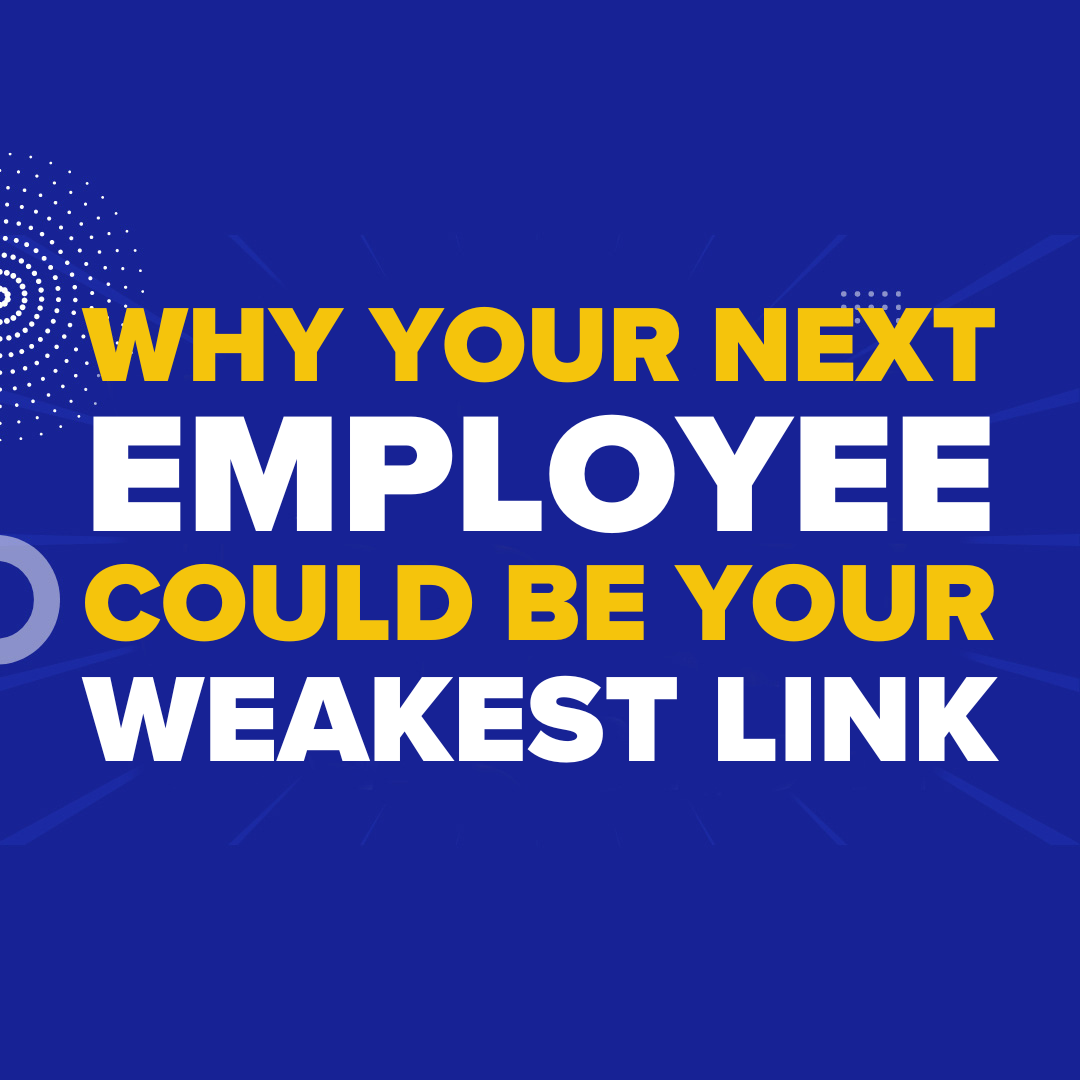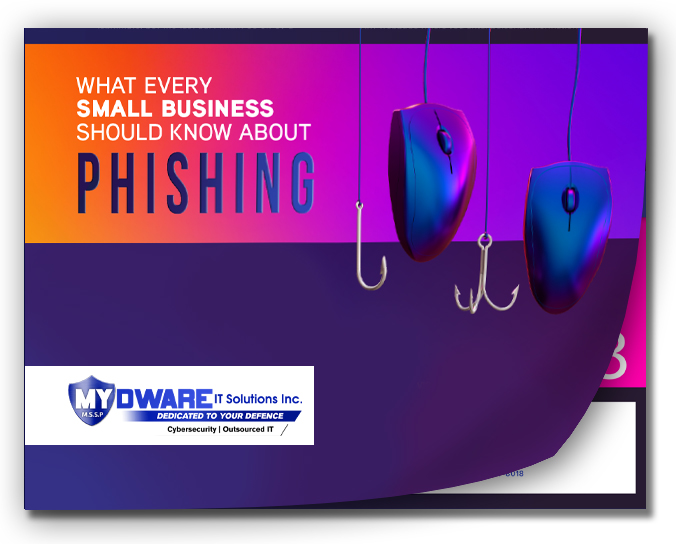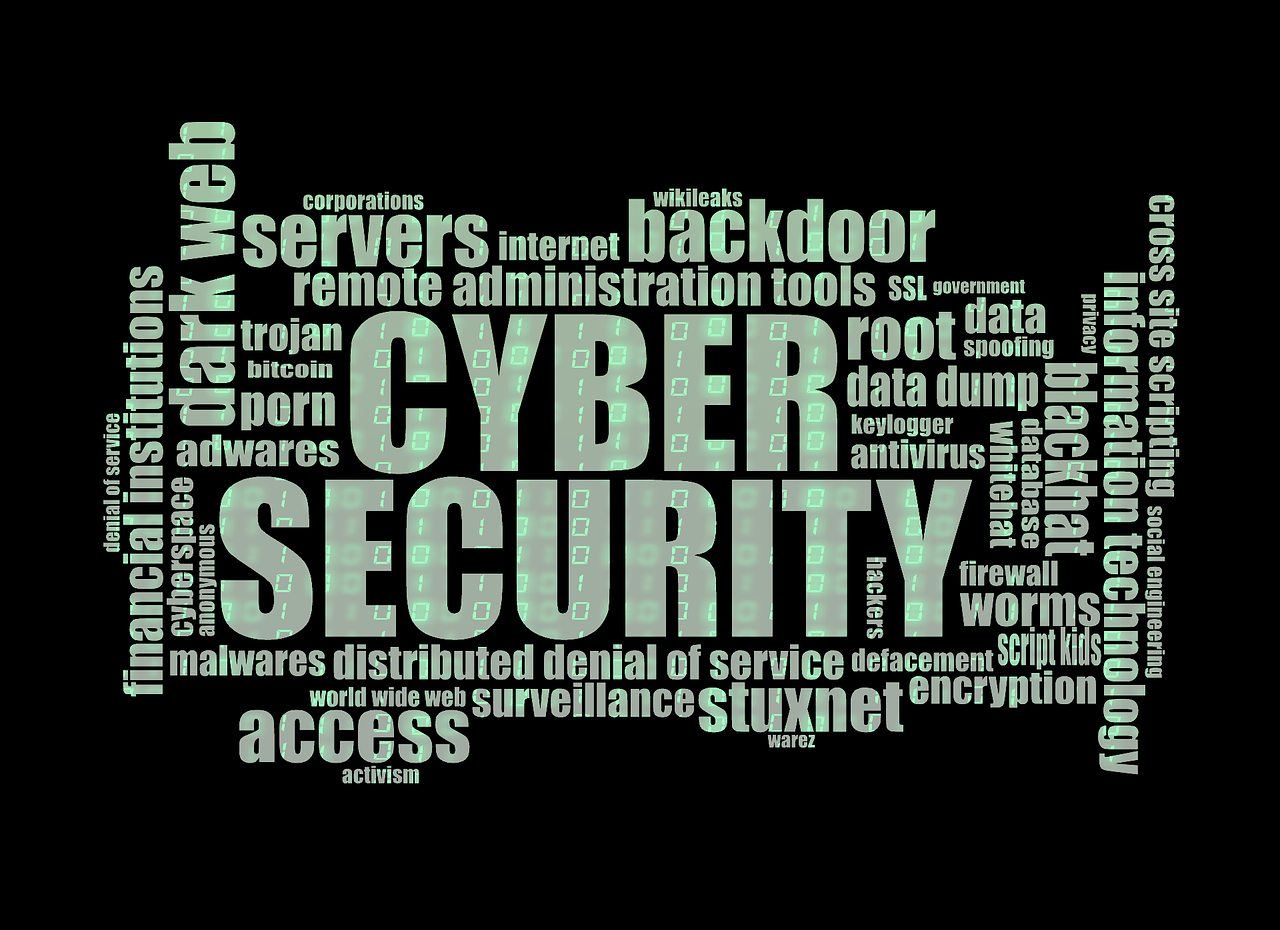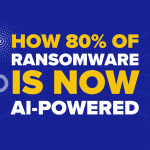
When you bring on a new team member, your first thought is usually about getting them set up with the right tools—laptop, email, access to systems. But those first 90 days are also when your business is most at risk of a cyberattack.
Cybercriminals know new staff are vulnerable and actively target them. Before you expand your team further, protect your business with a FREE cybersecurity risk assessment.
Why New Employees Are Prime Targets
Starting a new job is stressful. People are eager to impress, don’t know the full processes yet, and are quick to follow instructions. Hackers prey on this uncertainty with carefully crafted scams that look like they come from managers, HR, or tech support.
These scams often include fake HR portals, urgent invoice requests, or emails pretending to be from a senior executive. New staff, unfamiliar with what’s “normal,” are far more likely to click. In fact, studies show new employees are 44% more likely to fall for phishing attempts than seasoned staff.
This is why simple protective measures—like enabling multi-factor authentication—make such a huge difference right from day one.
1. Training from Day One Matters Most
Cybersecurity awareness can’t wait until new hires “settle in.” The moment they start, they need clear, practical training on phishing, fraud, and what to do if they spot something suspicious.
Businesses that build this into onboarding see real results. Research shows companies running simulations and tailored training reduce phishing risk by as much as 30% during the first few months.
2. Common Mistakes That Put Businesses at Risk
Even with the best intentions, many small businesses in the GTA and Simcoe County make avoidable errors. Outdated systems and sloppy onboarding create the perfect opening for hackers.
Too often, businesses skip security steps when they’re rushing to set up a new workstation. The problem is, outdated software or missed updates quickly turn into weak points. Learn more about the most common mistake that kills SMBs and why staying current matters more than ever.
3. Equip Staff with the Right Tools
Training is powerful, but it needs to be backed with secure technology. Tools like firewalls, monitoring, and encryption create a safety net when human error happens.
Even simple features, like using built-in tools such as Windows’ spell checker, can help staff slow down, think twice, and catch red flags before clicking. The right combination of tools and training ensures your people are assets, not liabilities.
Don’t Let New Hires Be the Weakest Link
Hackers are betting that your newest employees won’t spot their tricks. By combining early training, strong security tools, and smart onboarding, you can close that gap before it’s exploited.
Your business deserves to grow without becoming a target. Start today with a FREE cybersecurity risk assessment and make sure your team is secure from day one.
Darryl Cresswell
CEO & President
MYDWARE IT Solutions Inc.




